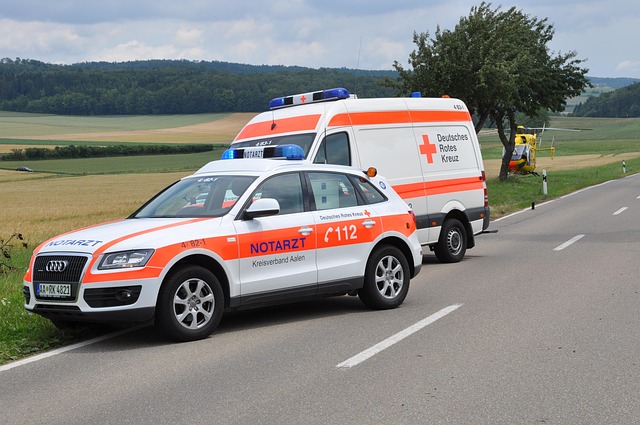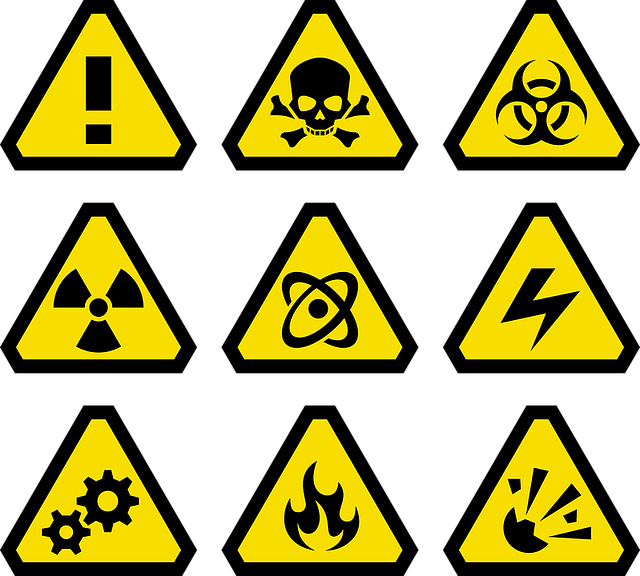The Northwest Hazmat Simulator is a cutting-edge training center offering immersive simulations of real-world hazardous material incidents. It equips first responders with skills to handle tank rollovers, chemical spills, and fires in diverse regional environments. Advanced features include customizable scenarios, precise material simulation, and integrated feedback systems for effective emergency management. The simulator revolutionizes hazmat training, enhancing readiness and safety for the northwest region's emergency service personnel.
In the heart of the northwest region, a cutting-edge simulation unit has emerged as a game-changer in hazardous material management. The Northwest Hazmat Simulator offers a comprehensive range of realistic training scenarios, from regional tank rollover simulations to specialized emergency response modules. Through advanced props and immersive environments, teams gain invaluable experience handling hazardous materials, spill responses, fires, and tank truck logistics. Discover how these innovative simulators enhance safety measures and prepare emergency responders for real-world challenges in the dynamic northwest landscape.
- Understanding the Northwest Hazmat Simulator: A Comprehensive Overview
- Regional Tank Rollover Training: Enhancing Safety in Hazardous Material Management
- Hazmat Training Props in Northwest: Realistic Practice for Emergency Response Teams
- Emergency Spill Simulator Northwest: Preparing for Unforeseen Hazards
- Fire Training Simulator Northwest: Building Robust Incident Management Capabilities
- Northwest Tank Truck Simulator: Optimizing Logistics and Safety in the Transport Industry
Understanding the Northwest Hazmat Simulator: A Comprehensive Overview

The Northwest Hazmat Simulator is a cutting-edge training facility designed to prepare first responders for real-world hazardous material incidents in the region. This comprehensive simulator offers a safe and controlled environment to practice emergency response procedures, including tank rollover scenarios, chemical spills, and fire suppression tactics unique to northwest environments.
It provides a realistic simulation of various hazardous materials and their behaviors, allowing trainees to gain hands-on experience with regional tank truck operations and the challenges posed by diverse terrain. The simulator’s advanced features include customizable scenarios, precise material handling, and integrated feedback systems, ensuring that emergency crews are equipped with the knowledge and skills necessary to handle potential disasters effectively and efficiently.
Regional Tank Rollover Training: Enhancing Safety in Hazardous Material Management
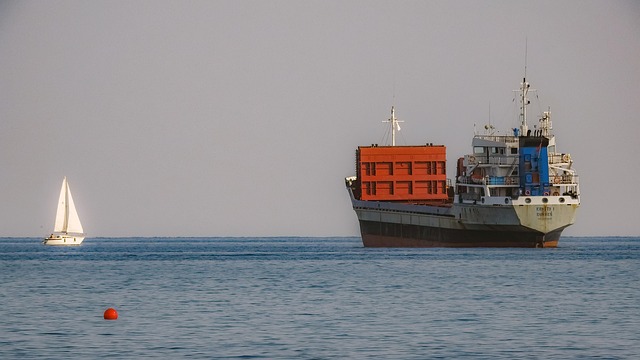
In recent developments, the northwest region has witnessed a game-changing innovation in hazardous material management with the introduction of a cutting-edge rollover simulation unit. This advanced training facility, specifically designed for regional tank rollover scenarios, offers an immersive experience that enhances safety protocols and prepares emergency responders to real-world challenges. The northwest hazmat simulator is not just a tool; it’s a testament to the region’s commitment to staying ahead in hazardous material management.
The regional tank rollover training focuses on critical skills required to handle tank trucks, especially in situations involving spillage and fires. With life-like simulations of various environments, from bustling industrial sites to labyrinthine landscapes, trainees gain practical knowledge about emergency response strategies. The simulator also accommodates specialized hazmat training prop northwest, ensuring that every aspect of hazardous material management is thoroughly rehearsed. By participating in these rigorous sessions, first responders become adept at navigating complex situations, ultimately reducing risks and saving lives in the event of a tank rollover incident.
Hazmat Training Props in Northwest: Realistic Practice for Emergency Response Teams

In the northwest region, specialized training equipment has been introduced to elevate emergency response preparedness. The latest addition is a cutting-edge Hazmat Training Prop system, designed to mimic real-world scenarios and offer immersive practice for first responders. This innovative simulator focuses on regional tank rollover situations, providing a safe environment to hone skills and enhance coordination.
The northwest hazmat simulator includes detailed replica tank trucks, complete with functional components, allowing teams to simulate various emergency spill scenarios. From fire training exercises to managing hazardous material leaks, this dynamic setup offers a comprehensive learning experience. Emergency response personnel can now prepare for challenges unique to the area’s industrial landscape, ensuring they are equipped to handle potential incidents with efficiency and expertise.
Emergency Spill Simulator Northwest: Preparing for Unforeseen Hazards
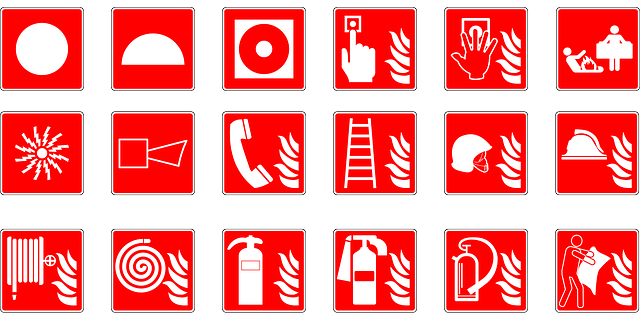
In the dynamic landscape of hazardous materials (hazmat) management, preparedness is key to mitigating risks and ensuring swift response during emergencies. The Northwest has taken a significant step forward with the creation of an innovative Emergency Spill Simulator, designed to prepare local teams for unforeseen hazards. This cutting-edge unit simulates various scenarios, from tank rollover events to fire training, using realistic props that closely mirror real-world hazardous materials.
The regional tank rollover training facility offers a safe and controlled environment to hone critical skills. With the Northwest Hazmat Simulator, emergency responders can practice containment procedures, spill cleanup techniques, and emergency communication strategies without endangering public safety or the environment. This holistic approach to hazmat training, incorporating both physical simulations and digital technology, underscores the region’s commitment to staying one step ahead of potential disasters.
Fire Training Simulator Northwest: Building Robust Incident Management Capabilities
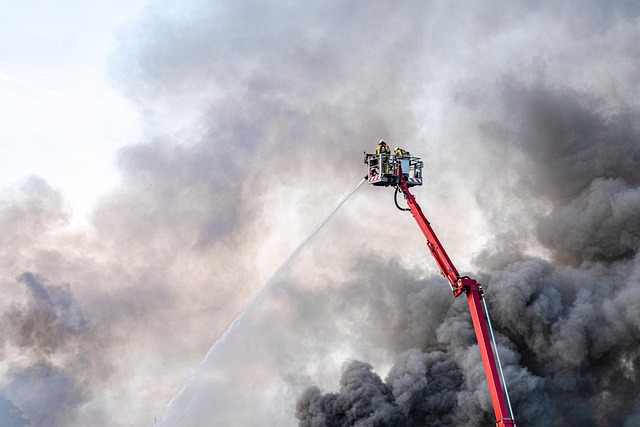
In the vibrant and bustling region of northwest, a groundbreaking initiative has taken shape with the development of an advanced Fire Training Simulator. This state-of-the-art facility is specifically designed to address the unique challenges posed by hazardous material (hazmat) incidents, providing an immersive training experience for first responders. The simulator, affectionately known as the “Northwest Hazmat Simulator,” offers a safe and controlled environment to hone critical skills in tank rollover scenarios, emergency spill response, and hazmat management.
The regional tank rollover training program has been meticulously crafted to foster robust incident management capabilities among emergency service personnel. By utilizing cutting-edge technology, the simulator recreates real-world conditions, allowing trainees to gain invaluable experience without endangering lives. Whether it’s practicing the containment of hazardous spills or learning to navigate complex labyrinthine situations, the Northwest Hazmat Simulator prepares first responders for a wide range of high-risk scenarios, ultimately enhancing their readiness and effectiveness in the field.
Northwest Tank Truck Simulator: Optimizing Logistics and Safety in the Transport Industry

The Northwest Tank Truck Simulator is a cutting-edge tool designed to revolutionize transport industry logistics and safety. By simulating real-world scenarios, this innovative unit offers an immersive training experience for professionals in the hazardous materials (hazmat) sector. The simulator focuses on regional tank rollover training, enabling participants to practice emergency response procedures without the risks associated with live demonstrations.
This state-of-the-art technology incorporates hazmat training props specifically tailored to the Northwest region, enhancing the realism of each session. From fire training simulations to emergency spill scenarios, the simulator provides a comprehensive platform for mastering critical skills. By participating in these immersive sessions, transport industry workers can improve their preparedness and ensure safer operations, ultimately contributing to a more robust and resilient logistics network.

